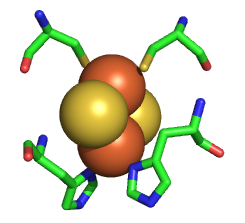
Wireframe is very useful because it clearly shows the covalent bonds (except. This will create two files .dat and .stk. Jmol uses two different units of measurement that can be used with display. If you followed the above argument through with propanone, you would find that you ended up with two molecules which could be rotated in space so that they were identical. VMD: Visualization of xyz coordinates and MD trajectories. The product doesn't have four different groups around the central carbon atom, and so won't have optical isomers. org/jmol/modelkit/ModelKitPopupResourceBundle.java:121 msgid rotate bond. This argument applies to all aldehydes (apart from methanal), and to ketones as long as they are unsymmetric – with a different alkyl group either side of the carbonyl group.Ī symmetric ketone like propanone, CH 3COCH 3, will only produce a single product – not a mixture of isomers. msgstr : org/jmol/console/GenericConsole.java:54 msgid Jmol Script. Optical isomers are described as "non-superimposable mirror images".īecause there is an equal chance of the attack coming from above or below the plane of the molecule, then you will get equal amounts of the two isomers formed – a racemic mixture. By default, Jmol displays double bonds as twin sticks (cylinders) contained in the viewers plane, i.e.

If one isomer were to look in a mirror, what it would see would be the other one. which the nitrogen atoms are double bonded to their adjacent amide carbons atoms. The relationship between them is that they are mirror images of each other. The xanthine core of the caffeine molecule contains two fused rings. Double-check that the structure shown is a true minimum, and not a transition.

There is no way that you can rotate one molecule in space to make it look the same as the other one. xyz file produced by an external computational program such as HyperChem or WebMO. They aren't the same! Although the CN and H are lined up the same way, the CH 3 and OH are reversed.


 0 kommentar(er)
0 kommentar(er)
